- Your cart is empty
- Continue Shopping
CHEMISTRY LAB EQUIPMENT PACKAGE WITHOUT CHEMICALS (FOR BASIC LAB SETUP)
Original price was: ₹16,550.50.₹11,590.00Current price is: ₹11,590.00.
- High-quality glass and plastic materials for durability and chemical resistance.
- Accurate measurements ensured by precise calibration and graduated markings.
- Heat-resistant materials that withstand high temperatures for reliable performance.
- Secure clamps and tongs for safe handling of hot objects.
- Safety features such as goggles and lab coats for personal protection.
- Consistent and controllable heat output in Bunsen burners.
- Reliable performance in accurate volume delivery for burettes and pipettes.
| EQUIPMENTS | BRAND | SPECIFICATIONS | QTY IN PCS. |
| Beakers | BB | 100ML-6PC/250ML-6PC/500ML-6PC/1LTR-2PC | 20.00 |
| Test tubes | BB | DIAMETER – 15MM HEIGHT – 125MM | 100.00 |
| Bunsen burner | BB | METAL BODY | 2.00 |
| Tripod stand | BB | METAL BODY | 2.00 |
| Wire gauze | BB | METAL | 12.00 |
| Crucible | BB | Graphite Crucible | 1.00 |
| Crucible tongs | BB | STAINLESS STEEL | 1.00 |
| Test tube holder | BB | CROME PLATED WITH WOODEN HANDLE | 6.00 |
| Glass stirring rod | BB | 200 MM LENGTH | 6.00 |
| Dropper | BB | 6 INCH BOROSILICATE GLASS | 6.00 |
| Funnel | BB | 3 INCH ( 3 INCH STEM LENGHTH) | 4.00 |
| Pipette DROPPER | BB | 3 ML PLASTIC PIPETTE | 20.00 |
| Burette | BB | 50ML (ROTA FLOW STOPCOCK) | 1.00 |
| Conical flask | BB | 100ML-6PC/250ML-6PC/500ML-6PC/1LTR-2PC | 20.00 |
| Measuring cylinder | BB | 100ML-2PC/250ML-2PC/500ML-1PC | 5.00 |
| Petri dish | BB | 4 INCH PP PETRIDISH | 10.00 |
| Watch glass | BB | 60MM | 10.00 |
| Mortar and pestle | BB | 4 INCH WHITE( NARMADA RIVER MARBLE) | 1.00 |
| Filter paper | BB | 110MM | 100.00 |
| Safety goggles | BB | ANTI FOG + UV400 PROTECTION | 2.00 |
| Lab coat | BB | Durable Wrinkle Resistant Poly Cotton Suiting Fabric | 1.00 |
1. Beakers: High-quality cylindrical containers with flat bottoms, made of glass or plastic. They are used for holding and heating liquids during experiments. Beakers are available in various sizes to accommodate different volumes of liquid and often have graduation markings for measurement.
2. Test tubes: Transparent cylindrical tubes, typically made of glass, used for holding small amounts of liquids during reactions or observations. They come in different sizes and may have rounded or flat bottoms. Test tubes are versatile and essential in many chemical experiments.
3. Bunsen burner: A gas burner used for heating substances in the laboratory. It consists of a metal base with adjustable air and gas supply, allowing for precise control of the flame intensity and temperature. Bunsen burners are commonly used for heating beakers, test tubes, and other laboratory equipment.
4. Tripod stand: A three-legged metal stand used to support apparatus during heating. The height of the stand can be adjusted, and it provides stability and support to prevent accidental spills or tipping.
5. Wire gauze: A flat, square-shaped mesh made of metal, usually placed on the tripod stand to provide a stable surface for heating glassware. Wire gauze helps distribute heat evenly and prevents direct contact between the flame and the glassware.
6. Crucible: A small, heat-resistant container made of porcelain or metal, used for heating substances at high temperatures. Crucibles are often used for processes such as evaporation, calcination, and melting of solids.
7. Crucible tongs: Specialized tongs with insulated handles designed for safely holding and handling crucibles. They allow for secure gripping and precise control when transferring or manipulating hot crucibles.
8. Test tube holder: A spring-loaded clamp designed to securely hold and handle test tubes during heating or transportation. It ensures a firm grip on the test tube, preventing slippage and breakage.
9. Glass stirring rod: A long, slender rod made of glass, used for stirring substances in a beaker or a test tube. It assists in mixing, dissolving, or combining reagents during experiments.
10. Dropper: A glass or plastic pipette with a bulbous end used for transferring small amounts of liquid with precision. Droppers allow for controlled and accurate dispensing of liquids, making them suitable for titrations, qualitative tests, and adding reagents dropwise.
11. Funnel: A conical-shaped apparatus with a narrow stem, used for pouring liquids or fine-grained substances into containers with small openings. Funnels help facilitate the transfer of liquids or solids while minimizing spillage and ensuring accurate measurements.
12. Pipette: A slender tube, typically made of glass or plastic, used for measuring and transferring precise volumes of liquids. Pipettes come in different types, such as volumetric pipettes, graduated pipettes, and micropipettes, each suited for specific applications requiring accurate volume measurements.
13. Burette: A long, graduated glass tube with a stopcock at the bottom, used for precise delivery of liquids during titration experiments. Burettes allow for controlled and gradual addition of reagents, ensuring accurate determination of reactant concentrations.
14. Conical flask: Also known as an Erlenmeyer flask, it is a cone-shaped flask with a narrow neck used for holding and mixing liquids. Conical flasks are designed to facilitate swirling and prevent splashing during mixing or reactions.
15. Measuring cylinder: A tall, cylindrical container with calibrated markings used for accurately measuring volumes of liquids. Measuring cylinders come in various sizes and have graduated scales, allowing for precise volume measurements.
16. Petri dish: A shallow, flat dish made of glass or plastic,
- Watch glass: A concave-shaped glass dish used as a cover for beakers or for evaporating small amounts of liquid. It provides a wide surface area for evaporation and helps prevent contamination.
- Mortar and pestle: A pair of tools used for grinding and crushing substances into fine powders. The mortar is a bowl-shaped container made of porcelain or glass, while the pestle is a heavy, cylindrical tool used for crushing and grinding within the mortar.
- Filter paper: Porous paper used for separating solids from liquids through filtration. It allows liquids to pass through while trapping solid particles, making it an essential tool for purification and separation processes.
- Safety goggles: Protective eyewear designed to shield the eyes from potential hazards in the laboratory. Safety goggles provide protection against chemical splashes, flying debris, and other potential eye injuries.
- Lab coat: A full-length, protective garment worn by laboratory personnel to protect clothing from chemical spills, splashes, and stains. Lab coats are typically made of durable, chemical-resistant fabric and provide an additional layer of protection.
| Weight | 90 g |
|---|---|
| Dimensions | 8 × 8 × 8 cm |
Only logged in customers who have purchased this product may leave a review.



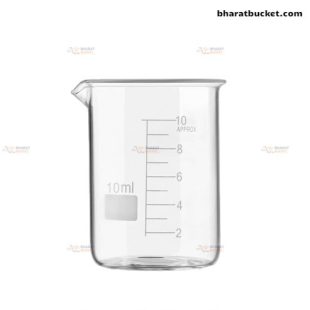
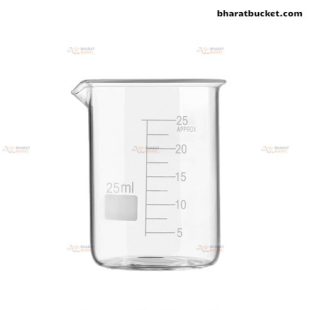
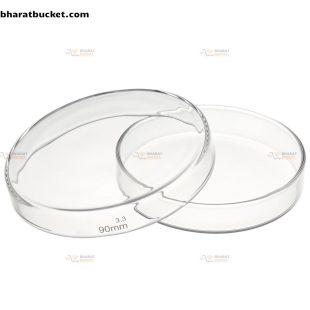
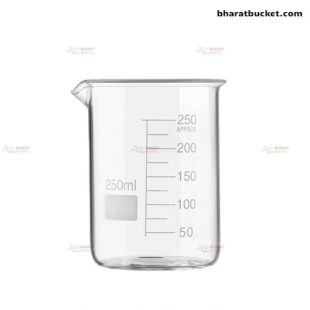
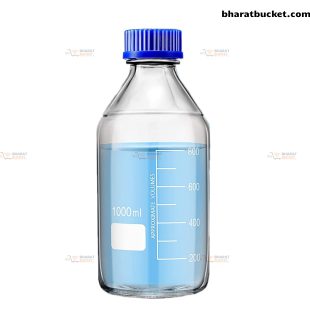

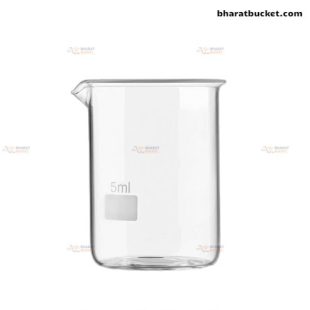
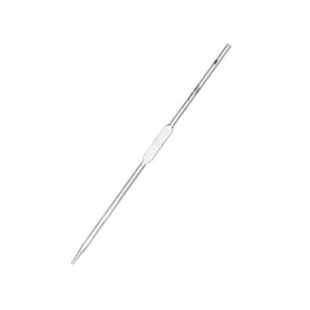








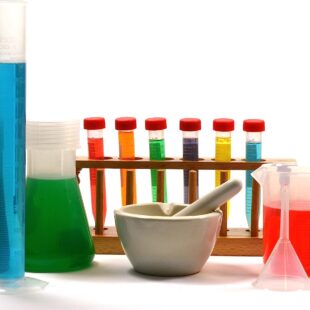
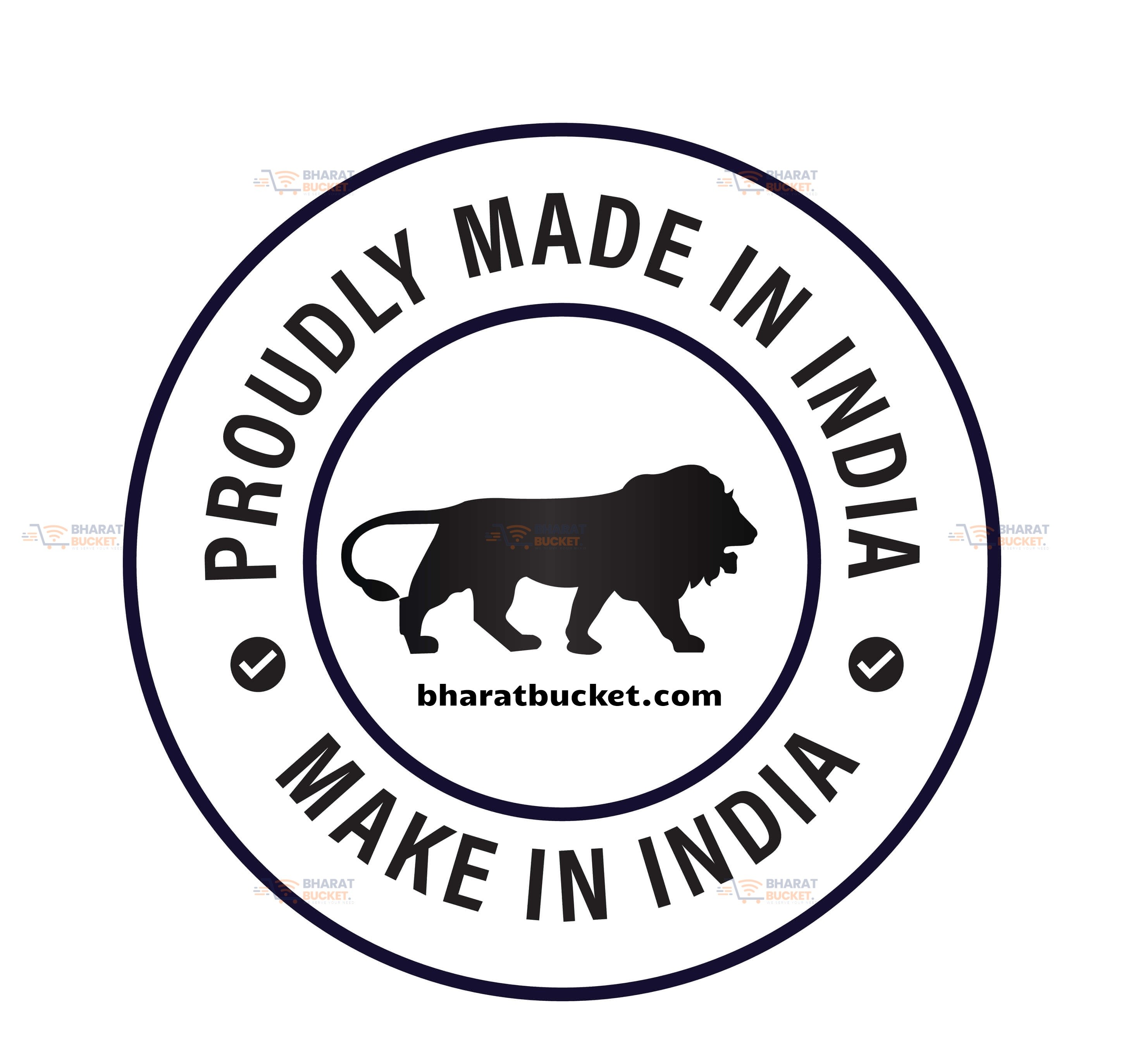


Reviews
There are no reviews yet.